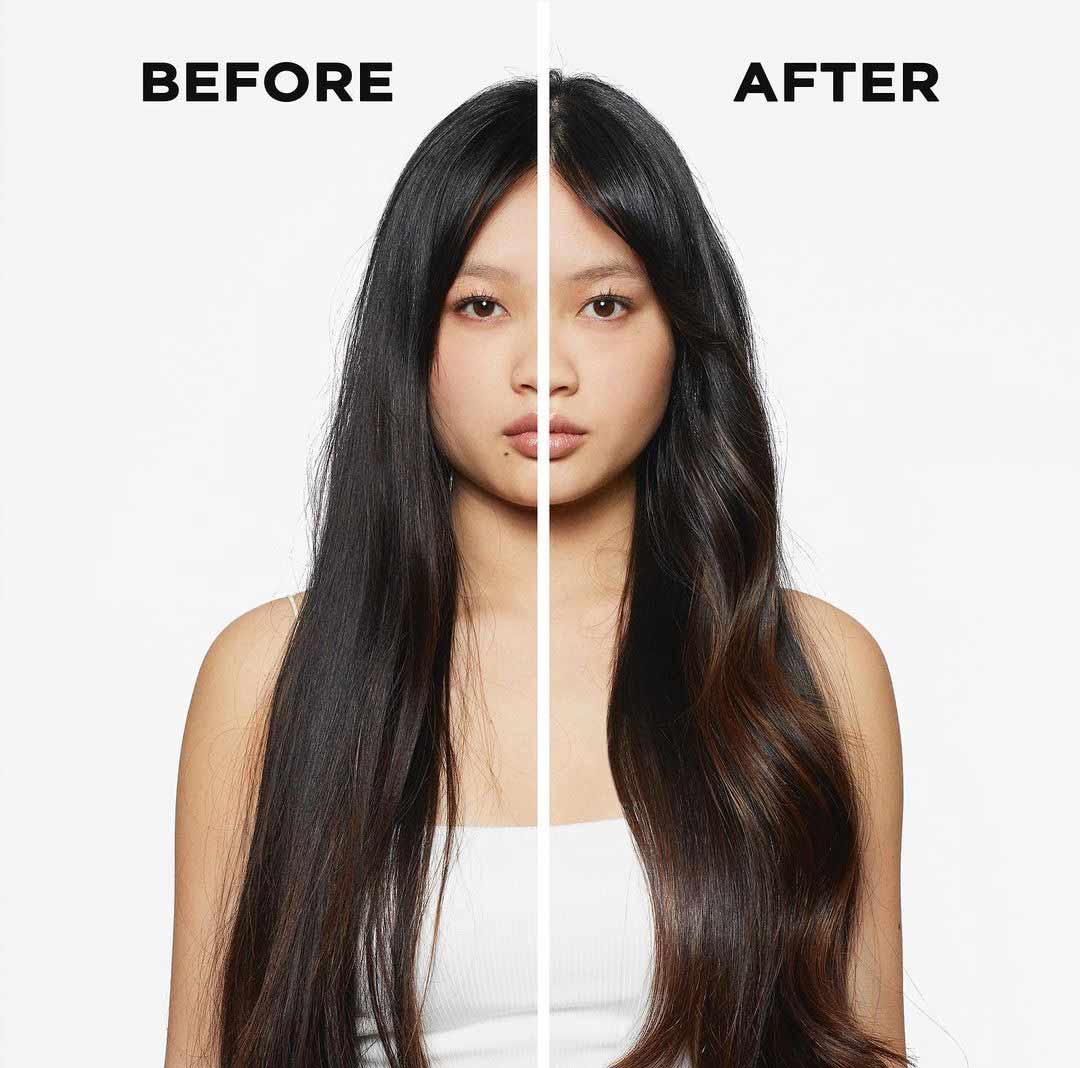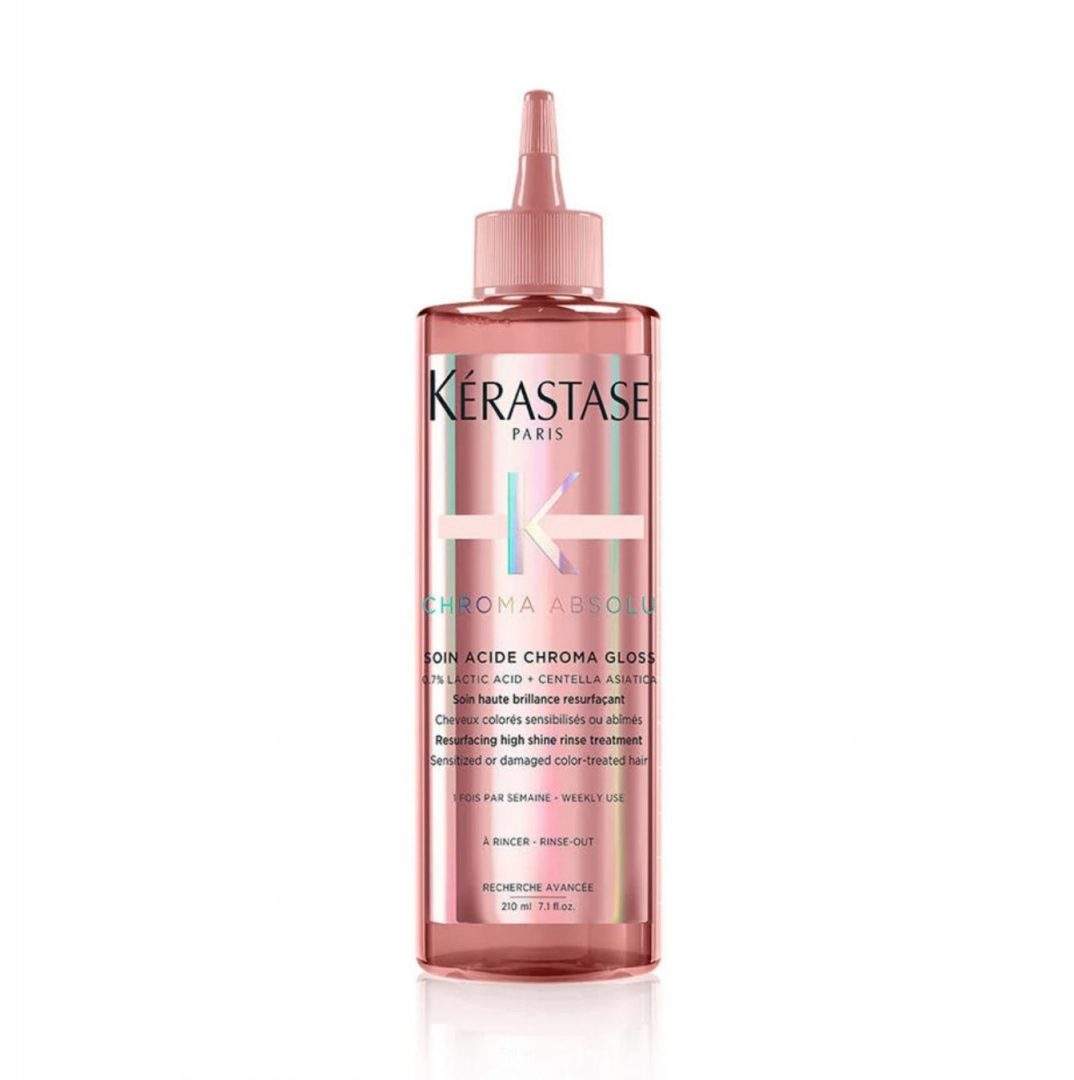Featured
- Get link
- X
- Other Apps
What is a Hair Gloss? The Ultimate Guide
What Makes Hair Lose its Shine?
When the hair cuticle is smooth it reflects light and produces a shiny appearance. Hair dye, heat styling, as well as exposure to the sun, chlorine, and salt water, are common culprits for wearing out the hair cuticle. Once the cuticle is damaged, the shine disappears.
Here Comes the Gloss
If your hair is dull and lifeless and you are new to the world of hair dye, consider a hair gloss. With a hair gloss, you can add color and shine to lifeless hair. But unlike a single color process, this low-commitment pigment enhances more than it covers, and the results are temporary rather than permanent. It’s best suited for those who want to bring out the very best of their natural color without a conventional single process root job.

Our Experts Share the Benefits of Hair Glosses
JD Restrepo, Senior Technician at Salon Ziba; explains that a hair gloss is a low-commitment approach to color; it can improve, soften, or refine natural or already-colored hair. The temporary pigment expands inside a strand’s cuticle layer and gradually washes away over time. The result is a subtle sheen without the damage (a gloss won’t alter the hair’s internal structure).
This is arguably what sets a gloss apart from a single color process: Unlike the latter, the former can actually benefit your hair health—dye stains your hair, while a gloss revitalizes the color you already have. “We also call it a ‘toner’ because it works on your hair’s color tone.”
You have a variety of options to choose from: Go clear to add a glossy sheen sans a color switch-up; or try other shades to enhance or tone the warmth of your signature blonde; or select a chocolate hue to add richness to your brunette strands.
How Long Will the Resulting Sheen Last?
Glosses or toners are divided into two types: semi-permanent and demi-permanent. While some believe that semi-permanent iterations have greater staying power than demi-permanent ones, both varieties will last roughly the same amount of time.
If you wash your hair once or twice a week, you should be able to go four to six weeks without needing a touch-up. You’ll get more bang for your buck if you shampoo your hair less frequently and use a good regiment of products to maintain the quality of your hair.

They have so many benefits, and everybody can use a hair gloss, so long as they meet your expectations. It’s important to know what this pigment can and cannot do. Glosses or toners will not lighten your hair. Depending on your starting point, however, they can be a fun way to experiment with color. The hair can be darkened somewhat or given a tone, such as red, gold, or ash. But it won’t transform your hair color into pink unless the starting base can accommodate such a change in color. Unfortunately, a gloss is not the best choice for covering gray (you need conventional dye to do that), but they can be used to make silver hair looking youthful and more vibrant.
Can You Gloss Your Hair at Home?
“Yes, you can use these straight forward formulas from the grocery store at home, but we recommend turning to a professional hairstylist”, says Taylor Strickmeyer Generalist from Salon Ziba
“We know how to apply the product properly and an experienced colorist can mix up a bespoke gloss that properly complements your skin tone. And leaving this treatment to the pros might actually spare your wallet—a well-intentioned touch-up with the wrong formula can quickly turn your Highlight or Balayage into a very expensive color correction. At Home Kit formulas contain chemical or color that will be very difficult to be remove if the wrong color is chosen.”
How Often Can You Gloss?
Every 6 to 8 weeks, suggests Edlira Dodi, Colorist at Salon Ziba. “After a proper consultation, and a quick application you’ll be able to see the change in your hair in as little as 5 to 20 minutes, which is why adding one onto your weekly blowout or regular hair cut is a quick, effective boost to add shine to your hair.”
View this post on Instagram
Who Should Use Hair Gloss?
Tonya Vulaj, a L’Oréal Professional Artist and Generalist at our Flagship location explains Gloss is recommended for everyone. That means whether you want to add shine over your previous color, gloss the virgin hair that simply isn’t shiny enough, refresh your highlights, shadow root to create softer new growth, or simply add depth and richness to your existing color, hair gloss is for you.
The gloss is also a great way to seal in your freshly done single process. Since our gloss is ammonia free, it will not lighten your hair, instead it creates a vibrant shine. An additional benefit is that the gloss isn’t so time consuming or costly.”
Styling Products with Gloss Finishes
Most hair care brands offer styling products that provide temporary gloss finishes that will only last until your next shampoo. Here is a selection of the ones we love:
Kerastase Soin Acide
Chroma Gloss $53
High shine hair gloss treatment for color treated hair.
Moroccanoil
Glimmer Shine $30
finishing spray that gives hair a gorgeous gloss.
Oribe Glaze for
Beautiful Color $72
A high-gloss top coat for hair.
What Makes Hair Lose its Shine?
When the hair cuticle is smooth it reflects light and produces a shiny appearance. Hair dye, heat styling, as well as exposure to the sun, chlorine, and salt water, are common culprits for wearing out the hair cuticle. Once the cuticle is damaged, the shine disappears.
Here Comes the Gloss
If your hair is dull and lifeless and you are new to the world of hair dye, consider a hair gloss. With a hair gloss, you can add color and shine to lifeless hair. But unlike a single color process, this low-commitment pigment enhances more than it covers, and the results are temporary rather than permanent. It’s best suited for those who want to bring out the very best of their natural color without a conventional single process root job.

Our Experts Share the Benefits of Hair Glosses
JD Restrepo, Senior Technician at Salon Ziba; explains that a hair gloss is a low-commitment approach to color; it can improve, soften, or refine natural or already-colored hair. The temporary pigment expands inside a strand’s cuticle layer and gradually washes away over time. The result is a subtle sheen without the damage (a gloss won’t alter the hair’s internal structure).
This is arguably what sets a gloss apart from a single color process: Unlike the latter, the former can actually benefit your hair health—dye stains your hair, while a gloss revitalizes the color you already have. “We also call it a ‘toner’ because it works on your hair’s color tone.”
You have a variety of options to choose from: Go clear to add a glossy sheen sans a color switch-up; or try other shades to enhance or tone the warmth of your signature blonde; or select a chocolate hue to add richness to your brunette strands.
How Long Will the Resulting Sheen Last?
Glosses or toners are divided into two types: semi-permanent and demi-permanent. While some believe that semi-permanent iterations have greater staying power than demi-permanent ones, both varieties will last roughly the same amount of time.
If you wash your hair once or twice a week, you should be able to go four to six weeks without needing a touch-up. You’ll get more bang for your buck if you shampoo your hair less frequently and use a good regiment of products to maintain the quality of your hair.

They have so many benefits, and everybody can use a hair gloss, so long as they meet your expectations. It’s important to know what this pigment can and cannot do. Glosses or toners will not lighten your hair. Depending on your starting point, however, they can be a fun way to experiment with color. The hair can be darkened somewhat or given a tone, such as red, gold, or ash. But it won’t transform your hair color into pink unless the starting base can accommodate such a change in color. Unfortunately, a gloss is not the best choice for covering gray (you need conventional dye to do that), but they can be used to make silver hair looking youthful and more vibrant.
Can You Gloss Your Hair at Home?
“Yes, you can use these straight forward formulas from the grocery store at home, but we recommend turning to a professional hairstylist”, says Taylor Strickmeyer Generalist from Salon Ziba
“We know how to apply the product properly and an experienced colorist can mix up a bespoke gloss that properly complements your skin tone. And leaving this treatment to the pros might actually spare your wallet—a well-intentioned touch-up with the wrong formula can quickly turn your Highlight or Balayage into a very expensive color correction. At Home Kit formulas contain chemical or color that will be very difficult to be remove if the wrong color is chosen.”
How Often Can You Gloss?
Every 6 to 8 weeks, suggests Edlira Dodi, Colorist at Salon Ziba. “After a proper consultation, and a quick application you’ll be able to see the change in your hair in as little as 5 to 20 minutes, which is why adding one onto your weekly blowout or regular hair cut is a quick, effective boost to add shine to your hair.”
View this post on Instagram
Who Should Use Hair Gloss?
Tonya Vulaj, a L’Oréal Professional Artist and
* This article was originally published here
Popular Posts
Interparfums FY 2022: record earnings as operating profit soars 33 percent
- Get link
- X
- Other Apps
CEO pay on the rise and pay gap widens despite cost-of living crisis
- Get link
- X
- Other Apps



Comments
Post a Comment